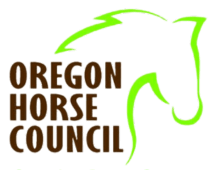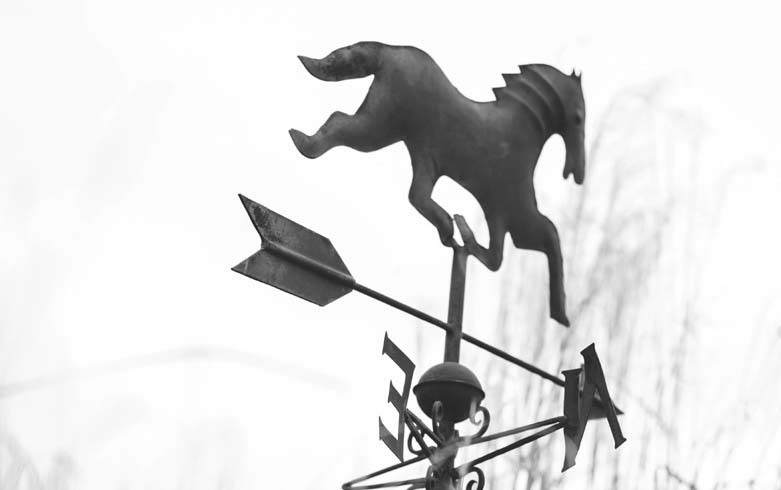Let’s say you are new to the area and you would like to go to Cherry Creek. The conversation would go something like this: “You can head West on 140 or you can go North on 97. When you get to the Crater Lake sign turn right unless you are going the other way then you turn left. After that go quite a few miles and you will come to a sign but I can’t re-member the name of the road. Just turn left again unless you are going the other way where you go about twice as far. There used to be a sign there where you turn. Some-times it falls down but it might be in the weeds. Just turn up that road. If you turned too soon you can keep going and you will come to another road that will take you to the right road. Have fun!”
So you set out on your misguided journey and end up on a dead end narrow logging road with a long wheelbase pick-up dragging a 4 horse trailer and no way to turn around. Are we having fun yet?
Or-You could just tell them: “42.5891 -122.1163” Now the new resident simply puts those numbers in the STREET FINDER app on his smart phone, just like he would put in any address, and he could see how to get there, how long it will take and if there are alternative routes.
More and more of us have smart phones or we travel with others that have smart phones. Simply putting in the address of a house in New York City, a place you have never been, and your smart phone will give you turn by turn instructions to that house and tell you if there will be problems along the way. The address that you put in is the same as coordinates on a map for the STREET FINDER. We can go anywhere in the world by simply knowing the coordinates. With GOOGLE EARTH, coordinates to any-where are easy to find. There is no more getting lost and wasting gas looking for a place you will probably not find if the directions are not accurate. The urge to go on another, similar adventure when you wasted a lot of gas and never did arrive at your goal, dwindles.
There are billions of dollars of technology floating around in the heavens that are free for us to use any time, day or night. And we have the power to use them with a relatively simple device that has invaded nearly all of our lives or, at least, a friend’s life. Many of us so called ”elderly” have mastered many of the new technologies just like we “mas-tered” learning how to stick our little 5 year old fingers in the phone dial back in ‘55. Having a list of coordinates to our favorite trail heads would really help newcomers and assure they have a memorable adventure. Beyond that, the entire trail ride can be recorded with your smart phone so the entire adventure can be replicated by your greatgreat-great-grand-kids.
Many trails are disappearing simply because obstructions on the trail are not cleared. When people stop going to trails, the trail itself will go unused even if it does, eventually, get cleared. Recording the trails with a GPS or a smart phone with a GPS app (free) is becoming more and more important as the more remote trails lose support as funding dwindles and becomes more focused in areas that are closer to dense population centers. It is important to, while the skill set, physical ability and knowledge of where the trails are, record and save these trails digitally so the next generations can keep the trails alive and enjoyable. Recording exact tracks for some great trails is easy to do and is free to those that have a smart phone. The tracks can be kept in a library that is accessible to club members at any time. Plus, notes can be added (pictures, conditions, etc.) for added enjoyment. After all, the goal of taking a trail ride in some of the most beautiful country in the world shouldn’t be hampered by fear of getting lost. 20th century technology is there for us that have been shoved into the 21st century, ready or not!
Article by by: Pete Reifel of HDTR

Back Country Horsemen of Oregon is a nonprofit organization focused exclusively on ensuring public lands throughout Oregon remain accessible to equestrians. Through our principals we advocate for private recreational pack and saddle stock use of all public lands and the stewardship of those lands. The Back Country Horsemen of America is the only national organization that promotes the use of private recreational pack and saddle stock use on our public lands.

